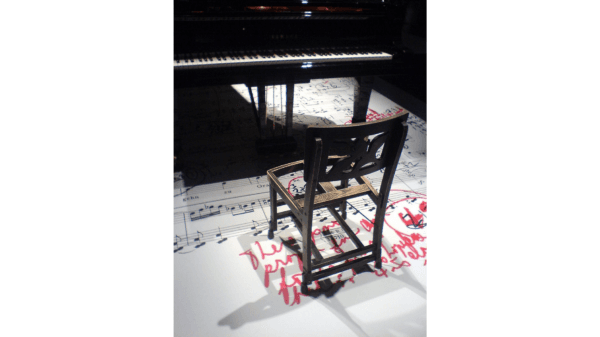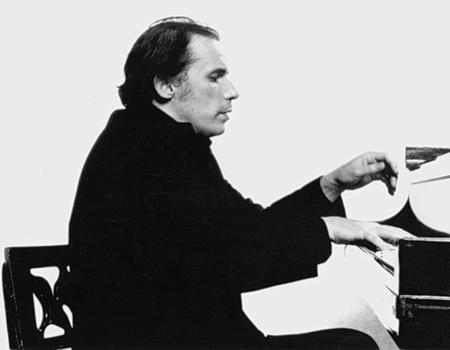From the first notes you hear of any performance of J.S. Bach’s “Goldberg Variations,” it is impossible not to think of Glenn Gould’s interpretations. No one could have predicted that his two recordings of Bach’s notoriously difficult work, almost 30 years apart, would not only make him internationally famous, but also change the scope of classical music forever.

The battered chair of pianist Glenn Gould, which he carried with him to perform. Public Domain






